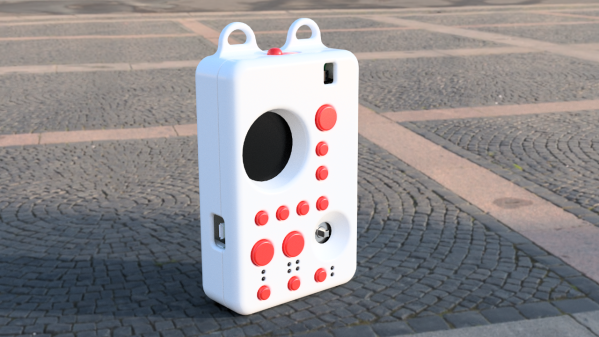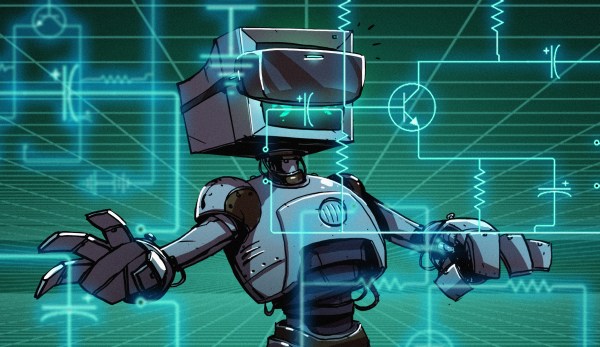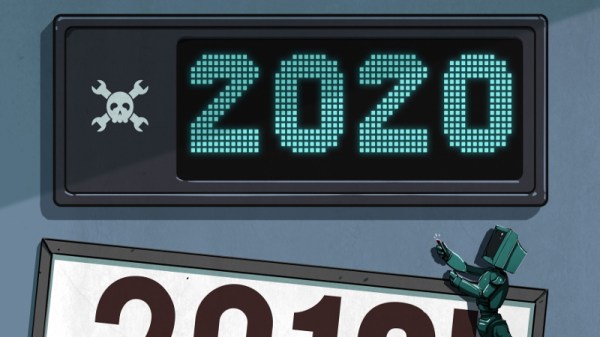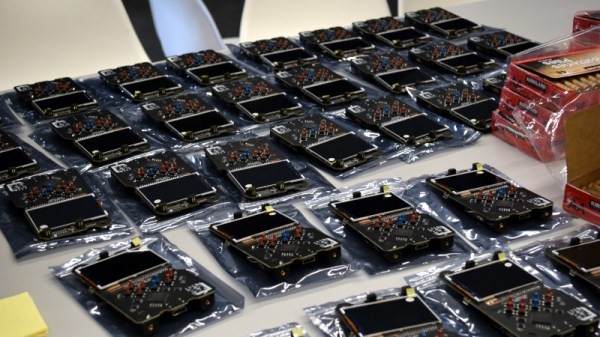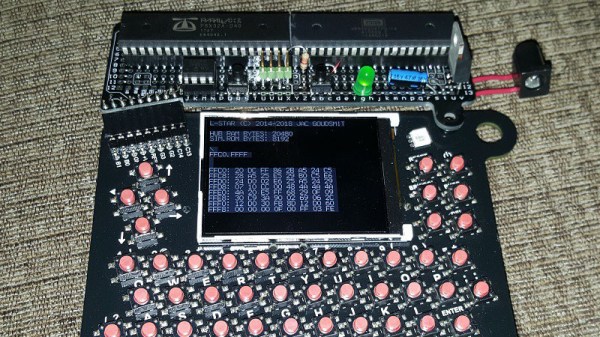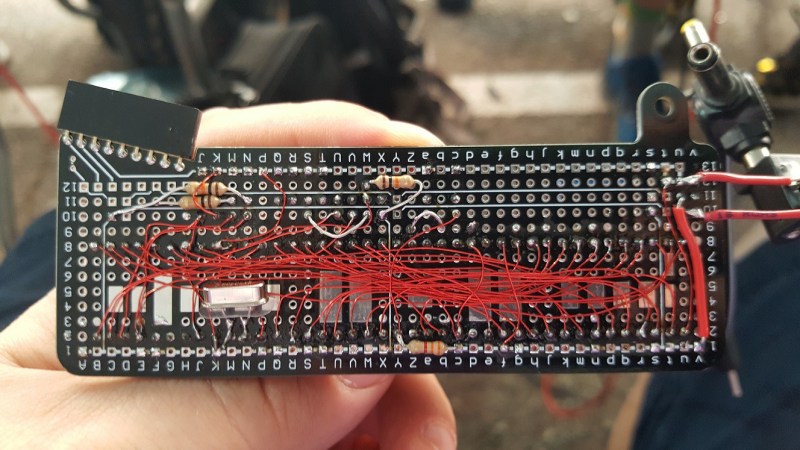When we decided that Simple Add-Ons (SAOs) would be the focus of Supercon 2024, it was clear the badge would need to feature more than just one or two of the requisite connectors. We finally settled on six ports, but figuring out the geometry of getting all those ports on the badge in such a way that the SAOs wouldn’t hit each other was a bit tricky. In early concept drawings the badge was just a big rectangle with the ports along the top, but it was too ugly.
In the end we went with a somewhat organic design — an electronic “flower” with the radially arranged SAOs forming the petals, but this meant that that none of the SAOs were in the traditional vertical orientation. Luckily, [Adrian Studer] designed a couple of PCBs that not only resolve this issue, but add a seventh SAO port for good measure.
 In the project repository you’ll find two PCB designs. The first, “SAO Up” is essentially a little arm that turns the SAO port 90 degrees. This doesn’t exactly get them vertical, in fact, whether or not the new orientation is actually an improvement for the top two SAOs is perhaps debatable. But it definitely helps on the lower SAOs, which are essentially upside down in their original configuration.
In the project repository you’ll find two PCB designs. The first, “SAO Up” is essentially a little arm that turns the SAO port 90 degrees. This doesn’t exactly get them vertical, in fact, whether or not the new orientation is actually an improvement for the top two SAOs is perhaps debatable. But it definitely helps on the lower SAOs, which are essentially upside down in their original configuration.
The real star of the show is “SAO Bridge”, a wavy board that connects across the two midline SAO ports on the Supercon badge and turns it into a set of three (nearly) horizontal connectors across the front. The center port is particularly helpful in that it gives you a place to put unusually wide SAOs.
As a reminder the Supercon SAO badge, and the winners of the 2024 SAO Contest, will be making the trip across the pond for Hackaday Europe in just a few months. That means you’ve still got plenty of time to have a few of these CERN-OHL-P licensed boards made up.


